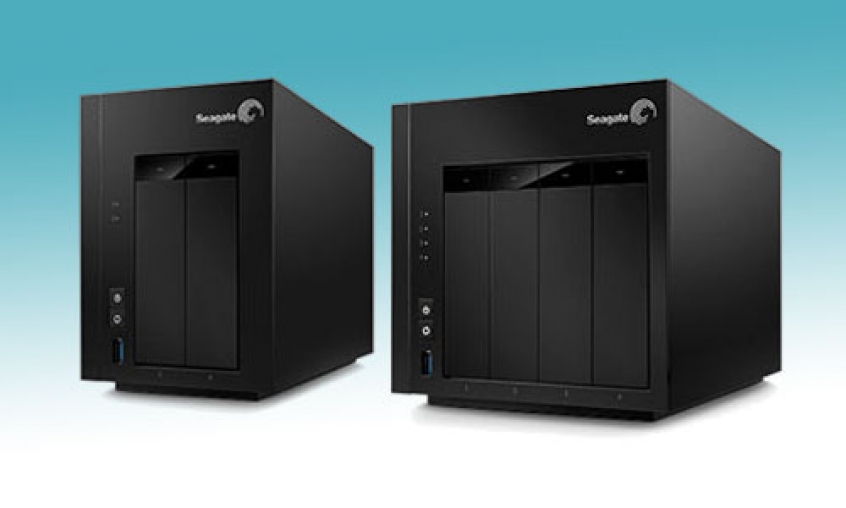- Status LED Blinking Red/Drive LED Solid or blinking White
In this case the RAID is degraded and although functioning, has a drive out of the array. For the NAS 2-Bay this could mean one side of a mirror is out, and in a NAS 4-Bay a drive from a RAID 5 is out.
If it is one side of the mirror then there are two options, you can pull the bad drive, put in a new drive and follow the Seagate NAS recovery instructions to synchronize the mirror. Alternatively, you could pull the good drive, mount it outside in a USB caddy and pull the data off using data recovery software. In either case you should take the good drive and make a sector by sector image of it in case one of the other options goes wrong.
In the case of a RAID 5 you have the same alternatives which is to pull the offending drive and replace it with a working drive. Once completed simply follow the instructions that show you how to rebuild your RAID 5. With this being said, I can confidently tell you that from my many years of experience this particular function is what causes an approximate 40 percent failure rate and a call to DTI Data. If you wish to try a rebuild then take the good drives out of the array and make sector level images of them in case the rebuild fails, or corrupts the data. At least you will have some recourse if something goes wrong.
- Status LED Blinking Red/Single Drive LED Alternating Red and White
For this particular condition there is a drive that is currently being synchronized. Out of the four conditions I mention this is probably the most benign. It is assumed you have already swapped the bad drive from the Mirror or RAID 5 and the Seagate NAS recovery process has been started. Even if power is lost during this process you can start over or continue where you left off.
There is however a caveat to this procedure.
If the synchronization fails because of a bad read from the other drives then you should immediately shut down and contact a Seagate NAS recovery company.
There is a high possibility that you could lose the integrity of the raid and therefore all of the data. Great caution should be exercised if this condition arises.
- Status LED Solid Red/Drive LED Solid White
This indicates that a file system check has failed and according to the Seagate website, “File system check failed; failed RAID and all data has been lost.” I am sure it goes without saying that this is ‘bad’. If this happens, shut off the device, call DTI Data, and let us recover the data for you. There are so many reasons why this happens that it is virtually impossible to offer a solution to the problem without evaluating it. The simplest, safest, and most reliable method to recover your data is to call DTI Data.
Hopefully, this little walkthrough will help those who are prudent enough to check their Seagate NAS 2/4 Bay device and check to see if there is a problem. If there is any question whatsoever as to the state of your device please feel free to call DataRecoup and one of our trained NAS specialists will help you diagnose the problem, and offer the most effective solution.
Reference: http://dtidatarecovery.com/seagate-nas-recovery-2-bay-and-4-bay/


